Humans are visual creatures. They have a remarkable ability to remember images and symbols. And this is the reason why brands pay thousands of dollars to get a well-designed yet simple logo that gets recognized quickly and remembered for long.
But developing this simple logo isn’t that simple, after all. The designer has to understand the proposed brand identity and brand positioning before deciding which of the ten logo types suits the brand best.
Well, if you’re new to logo design or just curious about the types of logos, here’s a detailed guide explaining all the 10 logo types and when you should use them.
Wordmark

A Wordmark (or word mark) is a simple font-based logo that focuses on the brand’s full name. It’s basically a typographic logo that uses a unique font or style to write the brand name without any significant graphics, meaning, or symbolic intervention.
Wordmark uses fonts that are slightly modified for design purposes. It can further be classified into simple wordmark (Google’s logo) and handmade wordmark (Disney’s logo).
When To Use A Wordmark?
Wordmark is a good option if you happen to have a short name – with 3 syllables or less. It’s not suggested to go for wordmark if you have long names like PricewaterhouseCoopers (PwC) or Bayerische Motoren Werke (BMW).
However, you can go for wordmark if your brand name is a frequently used word or something that can be easily remembered. A good example would be Coca-Cola. Even though the name has more than three syllables, it’s not hard to remember the name. (Fun-Fact: Coca-Cola is the most recognized brand in the world.)
Logotype

A logotype is very similar to wordmark when it comes to the looks. The only factor which differentiates it is the symbolism within the text design.
Take FedEx’s logo, for example. You would consider the logo to be a wordmark when you look at it for the first time. But a more in-depth look will make you see a hidden arrow in the white space between E and X, which is intended to be a subliminal symbol for speed and precision.
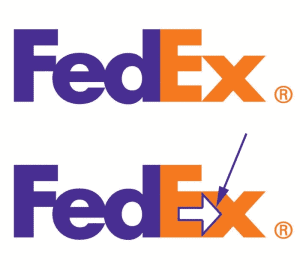
Examples of brands using a logotype logo are FedEx, DHL, Vans, etc.
When To Use Logotype?
Logotypes have a similar application to a wordmark. Use it when –
- Your brand name is short and can be remembered easily.
- Your brand message is set for the long term.
Lettermark or Monogram

Lettermarks or monograms are logos that consist of only letters or brand initials. Usually, companies use the initials of their big brand names to design the logo and make it easier for their target market to recognize their brand.
Take IBM (International Business Machines), for example. If the brand used wordmark for its logo, it would have been hard for it to build the brand image it has right now.
Now, if you choose a lettermark as your logo, make sure you or your designer have a good knowledge of typography and fonts. Also, ensure your logo is legible when published online or offline.
IBM, CNN, HBO, EA, etc. are all examples of monogram logos.
When To Use Monogram?
Lettergrams are suggested when the brand name is long and difficult to remember – more than three syllables and/or more than a word long.
Pictorial Mark or Brand Mark or Logo Symbols

A pictorial mark is an icon, symbol, or graphic based logo used to represent a brand. It’s usually the image that comes to your mind when you talk about the brand. Examples include the blue-bird for twitter, bitten apple for Apple, and mermaid for Starbucks, etc.
A significant advantage of choosing a pictorial mark as your logo is that it can be highly imaginative — it can be derived from your brand name (Target), your brand promise (Adidas), what your offering is known for (Snapchat), or what emotion do you want to evoke in your target audience (WWF).
When To Use Logo Symbols?
Using logo symbols are totally up to your discretion and there’s no strict rule when to use them. You can opt for a pictorial mark if –
- You do business globally
- You operate in more than niche
- You want to create a completely unique image for your brand
However, we suggest you write your brand name below your logo if you’re new to the industry or market, and not everyone recognizes it.
Abstract Marks

An abstract mark logo falls under the pictorial logo symbols. But unlike recognizable images like an apple or a bird, it includes the use of geometric or totally abstract design or a symbol to represent the brand.
An excellent example of an abstract mark is the logo of the Visit Finland website. The logo is a mix of abstract shapes that gives an all-new yet unique identity to the brand.

Pepsi, Adidas, and Chanel are known for their abstract logos.
When To Use Abstract Marks?
An abstract mark is usually preferred when you operate in more than one industry and want to create a totally unique identity for your brand.
Mascots

Mascots are pictorial logos having an illustrated character. Such logos often use their spokesperson or any other illustrated character to represent the company.
These mascots not only act as a logo but are often regarded as the ambassadors of the brand, as well. Take KFC, for example, the company illustrated its founder, Colonel Sanders, into a mascot and then converted it into their logo.
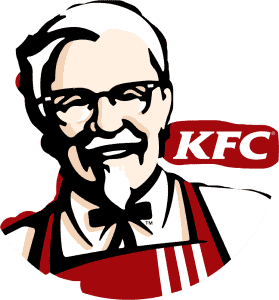
Other examples include Kool-Aid Man of Kool-Aid, Wendy’s mascot which represents a mom, and Reddit’s Snoo.
When To Use A Mascot?
Mascots are a good option when you want to cater and appeal to families and children. Mascots offer an image that can be relied on and is an easy way to go on with holistic marketing strategies.
Combination Mark

A combination mark is the fusion of a pictorial mark and a wordmark.
In simple terms, it includes both symbols and designed text. Take Burger King’s logo, for example. It contains a pictorial symbol along with the brand name which completes the logo and makes it look like a burger.
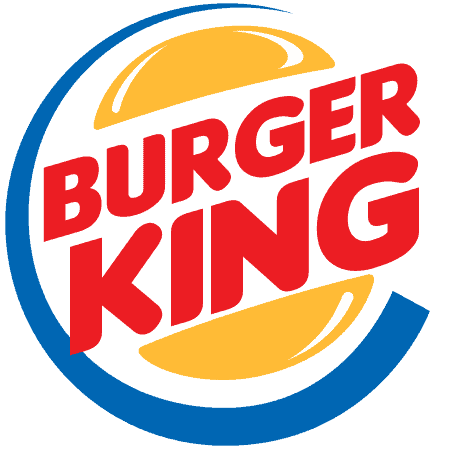
Other known examples of brands using combination mark as their logo are Doritos, Lacoste, Mastercard, etc.
When To Use A Combination Mark?
It’s your choice if you want to use a combination mark or just a pictorial mark for your logo. However, we suggest you use this type of logo when –
- Your company is new.
- You’re using an abstract mark logo
- Your pictorial mark logo can be mistaken for another brand.
Emblems

Emblems, often used by universities and schools, are among the oldest logos known. These include adding a brand name (and sometimes a slogan) inside a symbol or an icon.
What makes emblems stand apart is their traditional outlook.
A classic example of an emblem would be Harvard’s logo with ‘Harvard’ and ‘Veritas’ written on a classic shield.
When To Use An Emblem?
An emblem is a good option if you want to set your brand identity as a classic or a traditional brand with a stronghold on the niche it is in.
Some industries which see the use of emblems as logos are universities, schools, beers, coffee, etc.
Contoured Words

Contoured words are brand names within geometric shapes. These logos make use of the psychology of shapes to set a brand identity for themselves.
Examples of brands using contoured words as their logos are Samsung, Denny’s, Ikea, IMDB, and BBC, etc.
When To Use Contoured Words?
Contoured words are a good alternative to wordmarks or logotypes as they bring in the benefits of shapes as well. Circles represent completeness, love, eternity, etc. while four-sided structures depict trust, stability, and uniformity.
Use this type of logo to assert your brand promise.
Dynamic logo or Adaptable logo
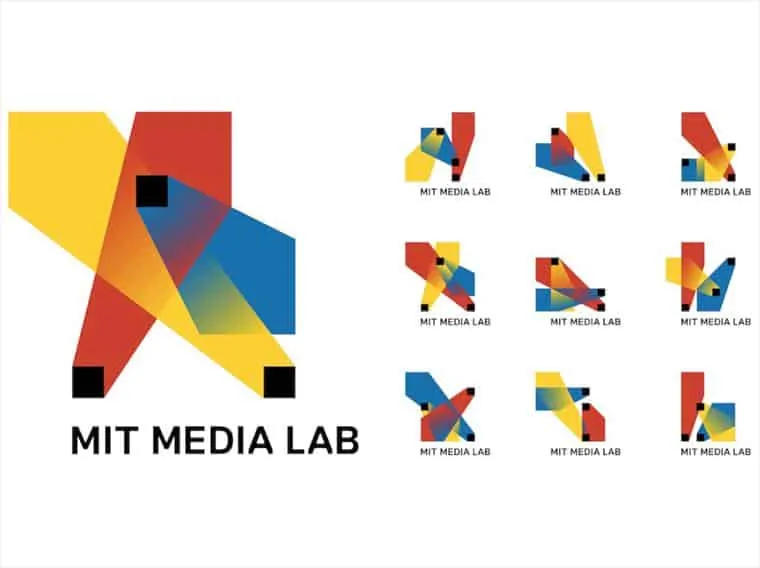
A dynamic logo is among the new types of logos, which changes according to the context it is placed in.
Mit Media Labs logo(s) falls under this category. The company has over 40,000 variations of its logo, which are used separately according to the context they are placed in.
When To Use Dynamic Logo?
You can use a dynamic logo if you want to play on the unicity and are financially capable to trademark all your variations.
Go On, Tell Us What You Think!
Did we miss something? Come on! Tell us what you think about our article on types of logos in the comments section.
A startup consultant, digital marketer, traveller, and philomath. Aashish has worked with over 20 startups and successfully helped them ideate, raise money, and succeed. When not working, he can be found hiking, camping, and stargazing.
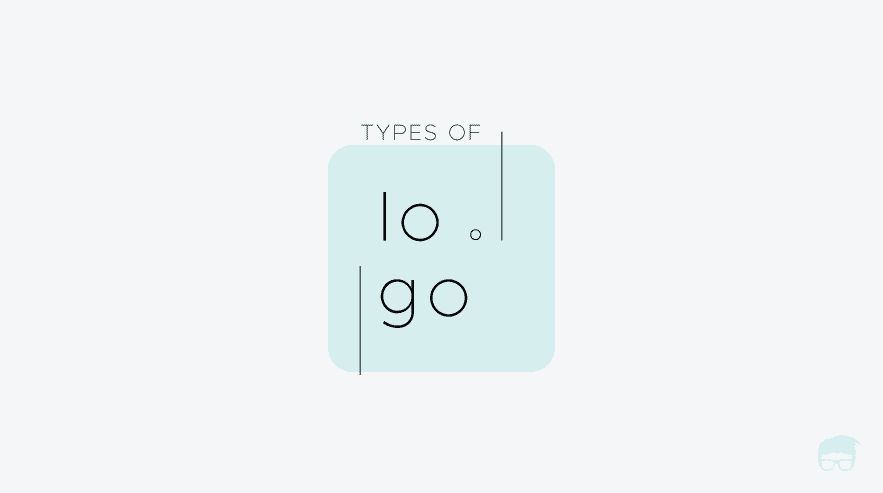

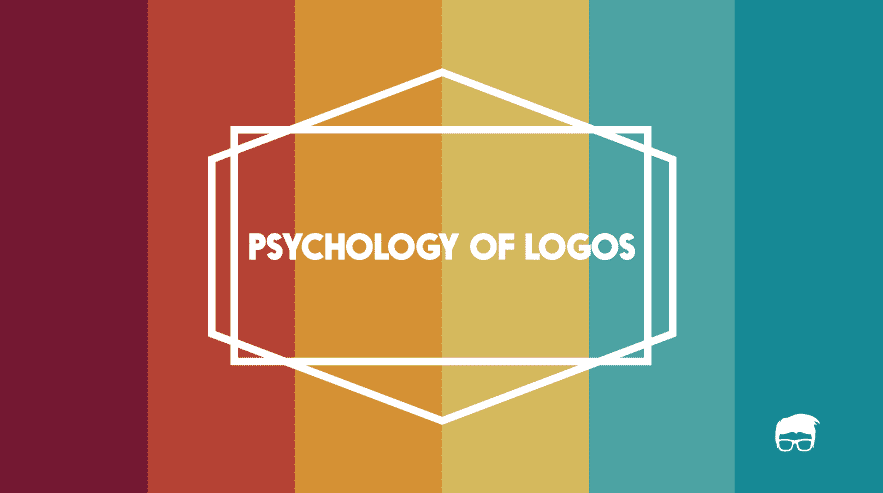
![What Is Visual Identity? [Detailed Guide] visual identity](https://www.feedough.com/wp-content/uploads/2022/09/visual-identity.webp)
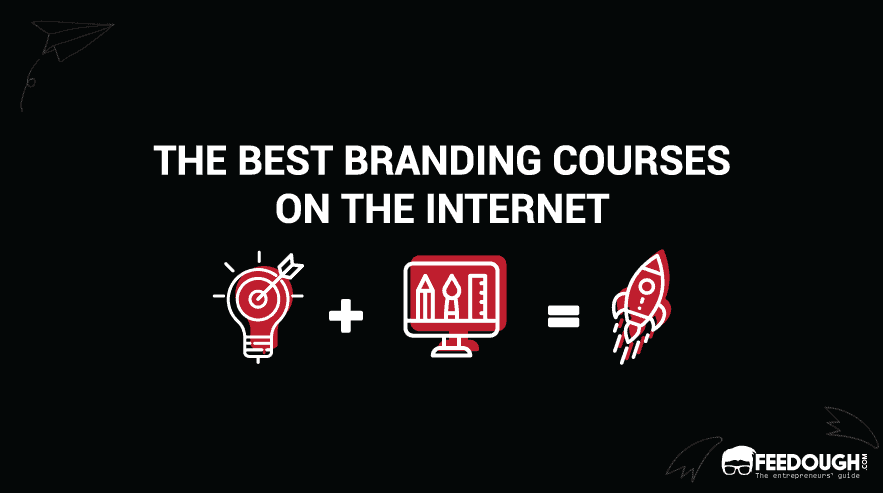
![How To Design A Logo Yourself [Detailed Guide] How To Design A Logo Yourself [Detailed Guide]](https://www.feedough.com/wp-content/uploads/2020/03/design-your-business-logo.webp)
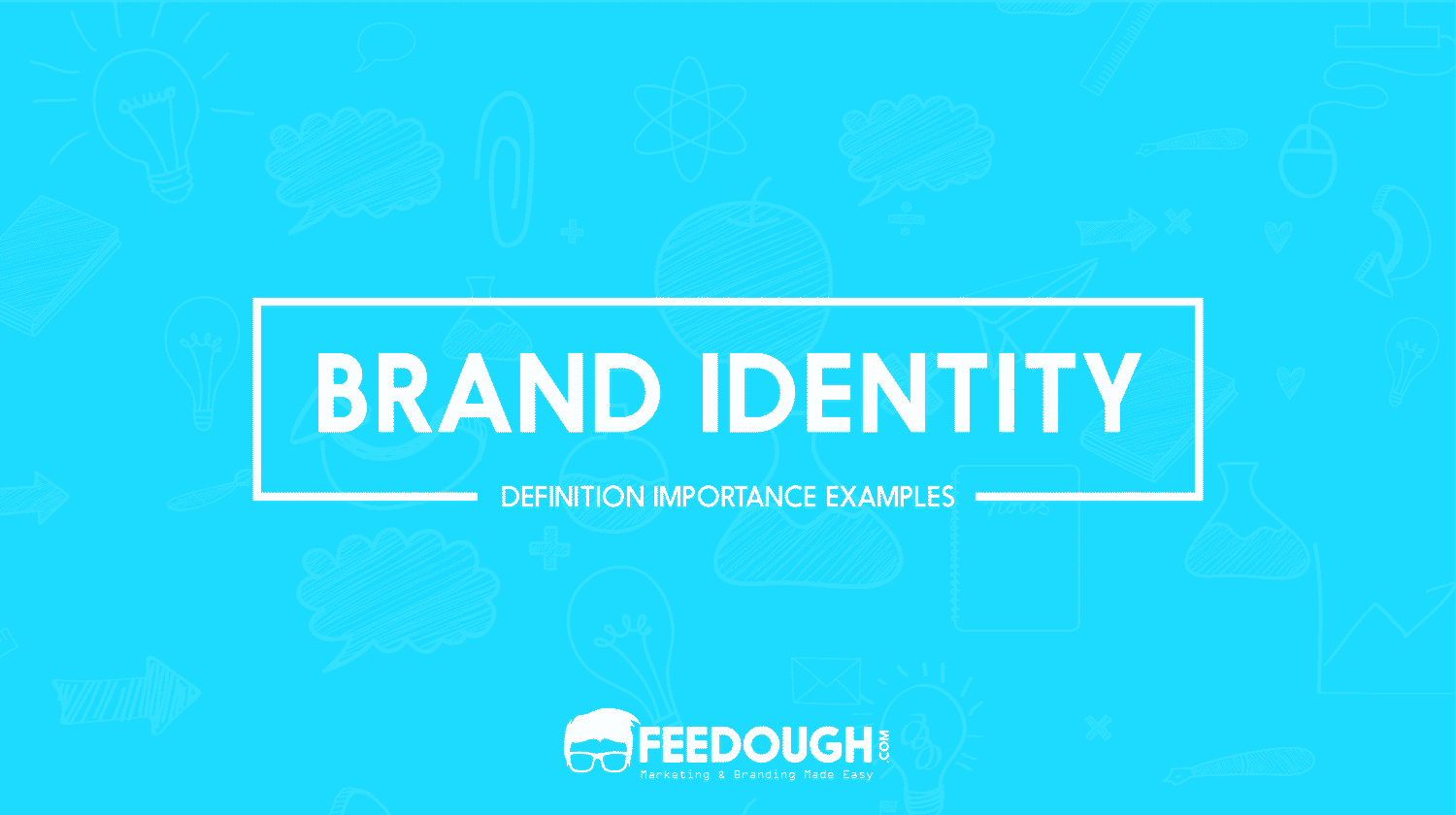
![Font Psychology For Logo Design [Complete Guide] font psychology](https://www.feedough.com/wp-content/uploads/2016/10/font-psychology-10.webp)
